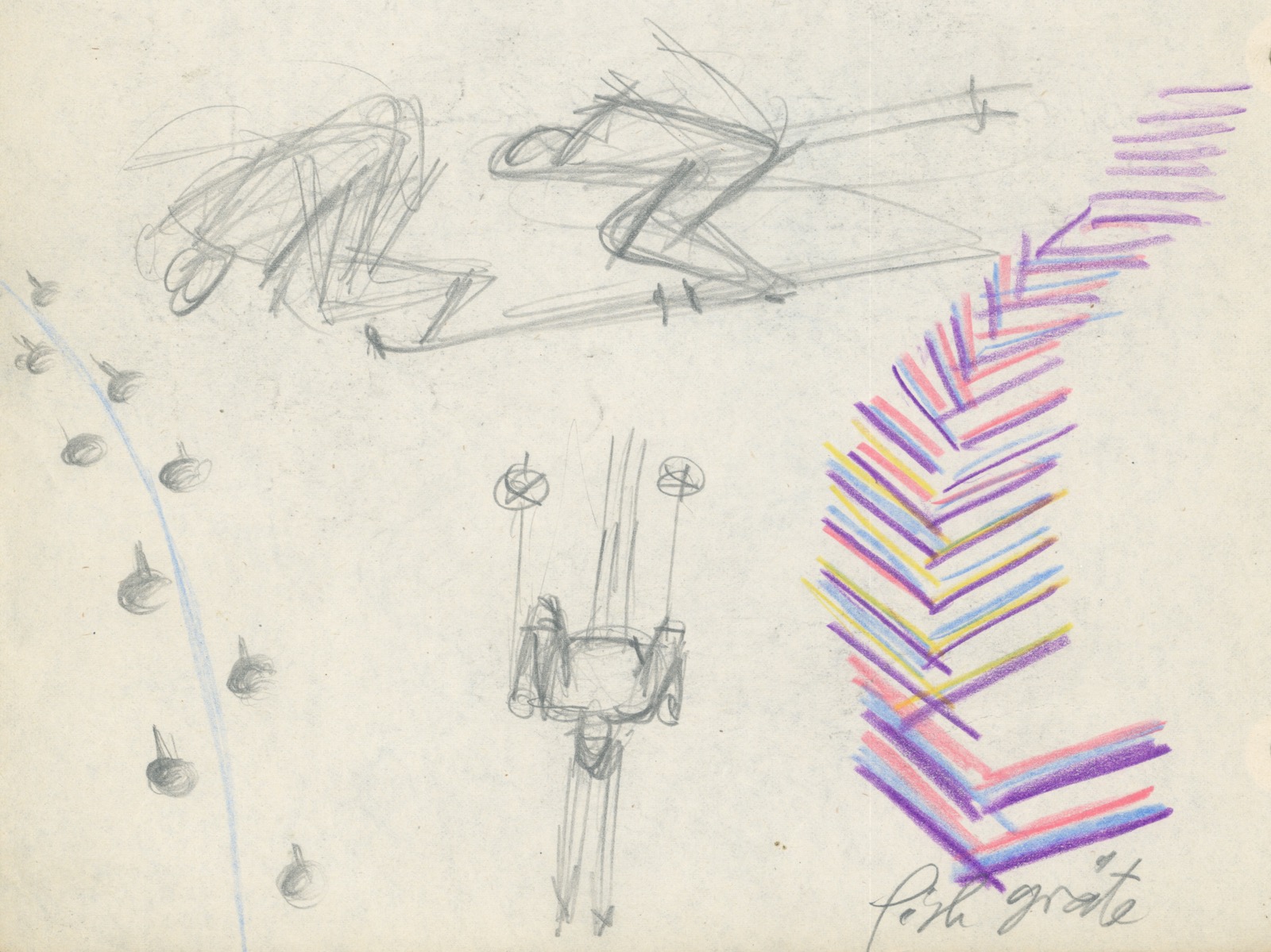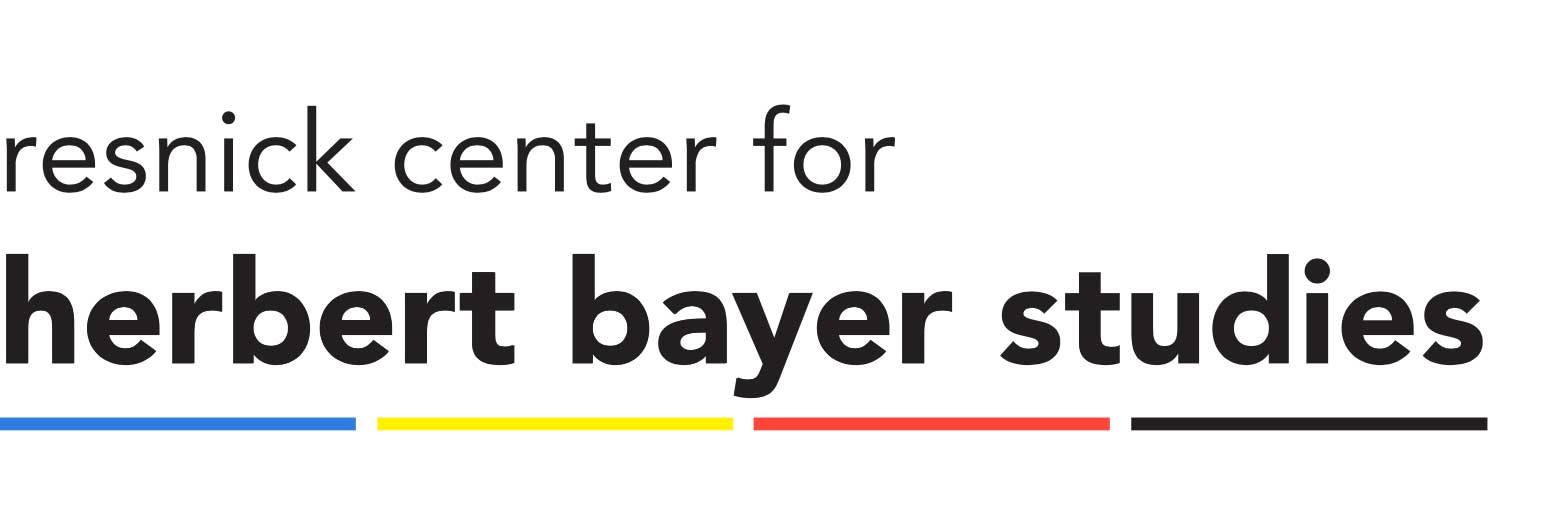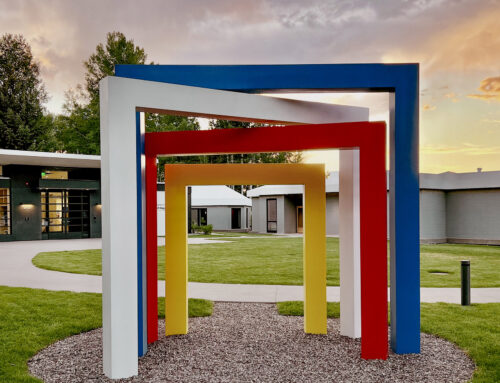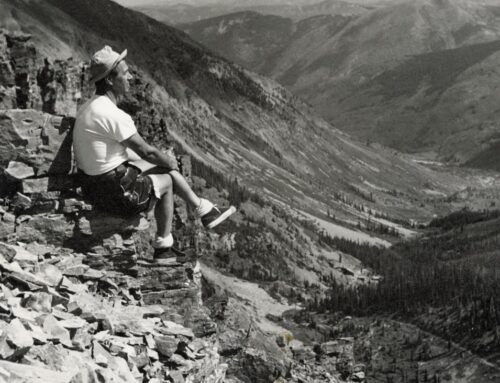
Detail of a sketchbook page, 1948.
Curator’s Choice: October 2025
Adam Thomas on skiing and art making
Herbert Bayer helped make Aspen the skiing mecca it is today. His eye-catching poster designs promoted the Canadian ski resort of Mont Tremblant in the 1930s, Aspen ski opportunities in the 1940s, and the National Ski Association in the 1950s, for example. An avid skier himself, Bayer first developed what he called a “lifelong attachment to the mountains” during his childhood in Austria. His affinity for the outdoors has been widely noted and is explored further in the current exhibition, Sculpting the Environment: The Three-Dimensional Art of Herbert Bayer.
But one of Bayer’s remarks that did not make it into the show has stuck with me. In an unpublished interview from 1963, Bayer, when asked about skiing, likened the untouched alpine slope to the blank surface for a painting: “When you go out, after a snowfall at night and it clears up in the morning. You go up and you can ski down and make the first track, and for the artist this is like a terrible temptation. This really [is] the best moment, when he approaches the white canvas and there is nothing on it and he makes his first lines or curves on it.”
What is striking here is that Bayer expresses the exhilaration of the body moving through space in artistic terms. “To come down the mountain and draw with your own speed and knowledge,” he goes on to describe skiing. Bayer communicates a relationship between the act of artmaking and the act of carving a path in the earth—of leaving a bodily trace in the land. These two modes of being were not separate for Bayer, as Sculpting the Environment elucidates, but rarely did he so forcefully articulate this connection.
Although the idea of the “landscape as a canvas” is perhaps now, in the twenty-first-century art world, ubiquitous, Bayer’s conjunction of bodily action, ephemerality, organic materials, and non-art context might be thought of as a harbinger for a framework to come. It anticipates, by a few years, a host of earthworks as bodily interventions in the landscape, such as Richard Long’s A Line Made by Walking (1967) and Ana Mendieta’s Imagen de Yagul (1973).
Adam Thomas, PhD is Curator of the Resnick Center for Herbert Bayer Studies.
more



